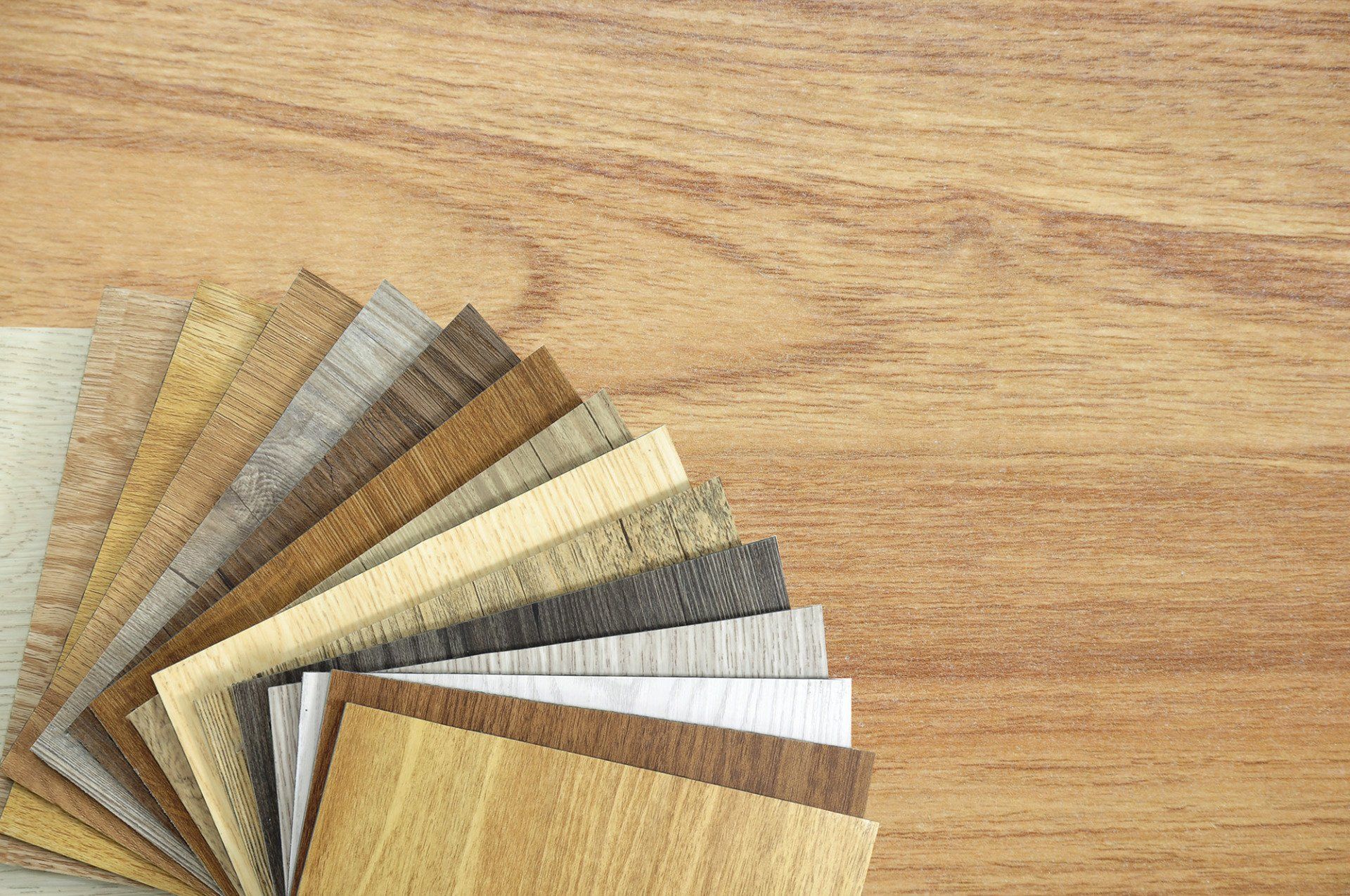All Categories
Featured

Deluxe vinyl flooring has actually arised as a prominent selection for both household and industrial rooms, owing to its amazing ability to emulate the aesthetic appeals of natural materials like hardwood and rock. This floor covering service uses an economical alternative without compromising on design or toughness. Making up multiple layers, high-end vinyl is designed to endure everyday damage, making it appropriate for high-traffic locations and houses with animals or youngsters.

There are primarily 2 types of luxury vinyl flooring: high-end vinyl slabs (LVP) and high-end plastic tiles (LVT) LVP is crafted to simulate the look of wood slabs, providing a warm and timeless look, while LVT duplicates the look of stone or ceramic floor tiles, using a sleek and modern-day aesthetic. Both alternatives are much more affordable and much easier to keep compared to their all-natural equivalents. Furthermore, innovations in innovation have led to the growth of variants like Wood Plastic Compound (WPC) and inflexible core flooring, which improve the toughness and resilience of luxury vinyl.
One of the considerable advantages of high-end plastic flooring is its versatility in installment. Unlike typical hardwood, which might not appropriate for moisture-prone locations, deluxe vinyl's water-resistant residential or commercial properties make it ideal for basements, kitchen areas, washrooms, and mudrooms. Its resistance to scrapes, scuffs, and moisture makes sure that it maintains its look over time, also in difficult atmospheres. High-end plastic gives a comfortable underfoot experience and is simpler to replace than natural floor covering products, adding to its functionality.

Check for more info at Carpet Interiors Floor & Home - Luxury Vinyl Guide Facebook Instagram Twitter Youtube
Latest Posts
Sturdy and Stylish Fencing Solutions from Washington Fence
Transform Your Room with Tailored Bathroom and Shower Elegance
Study the Fun at Yesterday's Tavern